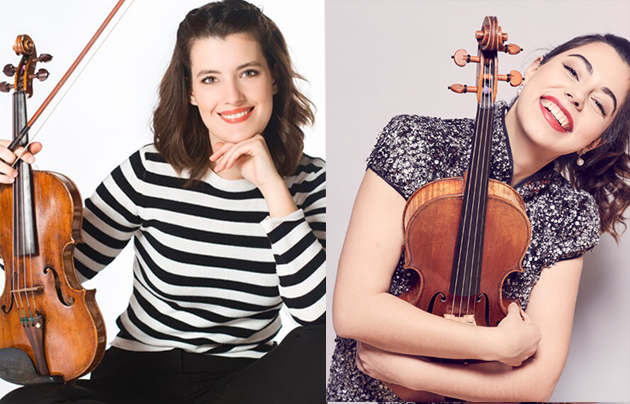Repertoire
Ferran Sor: Overture to the ballet “Hercule et Omphale” (1826) 7’
Wolfgang Amadeus Mozart: Sinfonia concertante for violin, viola and orchestra in E Flat major, K. 364/320d (1779) 31’
Ludwig Van Beethoven: Symphony No. 2 in D major, Op. 36 (1802) 36’
Artists
Barcelona Symphony Orchestra (OBC)
Maria Florea, violin
Sara Ferrández, viola
Kazushi Ono, conductor
Program
The twenty-three years that elapsed between Wolfgang Amadeus Mozart’s Sinfonia Concertante (1779) and Ludwig van Beethoven’s Symphony No. 2 (1802) undoubtedly embrace the melting pot of classicism. These two works are a prime example of the idea of “absolute beauty”, a key concept in the aesthetics of the turn of the 18th century that embodies in pure instrumental music – music without any non-musical functions or intentions – the fantasy of a translucent sound imagination, free from any yokes and seeking only the sublime.
DOWNLOAD THE PROGRAMME HEREThe time when Beethoven wrote his Symphony No. 2 was one of the most miserable periods of his life. The symphony, which was composed in Heiligenstadt, was written at the around the same time as his famous Heiligenstadt Testament, a desperate cry in response to his unavoidable deafness and the terrible hindrance it would inflict on his duty to life, art and beauty. The same élan vital that permeates every note of Beethoven’s symphony seems to support the architecture of Mozart’s magnificent Sinfonia Concertante, a work that expands the limits of the expressive imagination with a combination of means that, in spite of their sobriety, manage to reach unusual depths.
The concert starts with the overture of the ballet Hercule et Omphale by the Catalan composer Ferran Sor. The composer, who was greatly influenced by the Viennese school, wrote this ballet to commemorate the coronation of Tsar Nicholas I in 1826.

